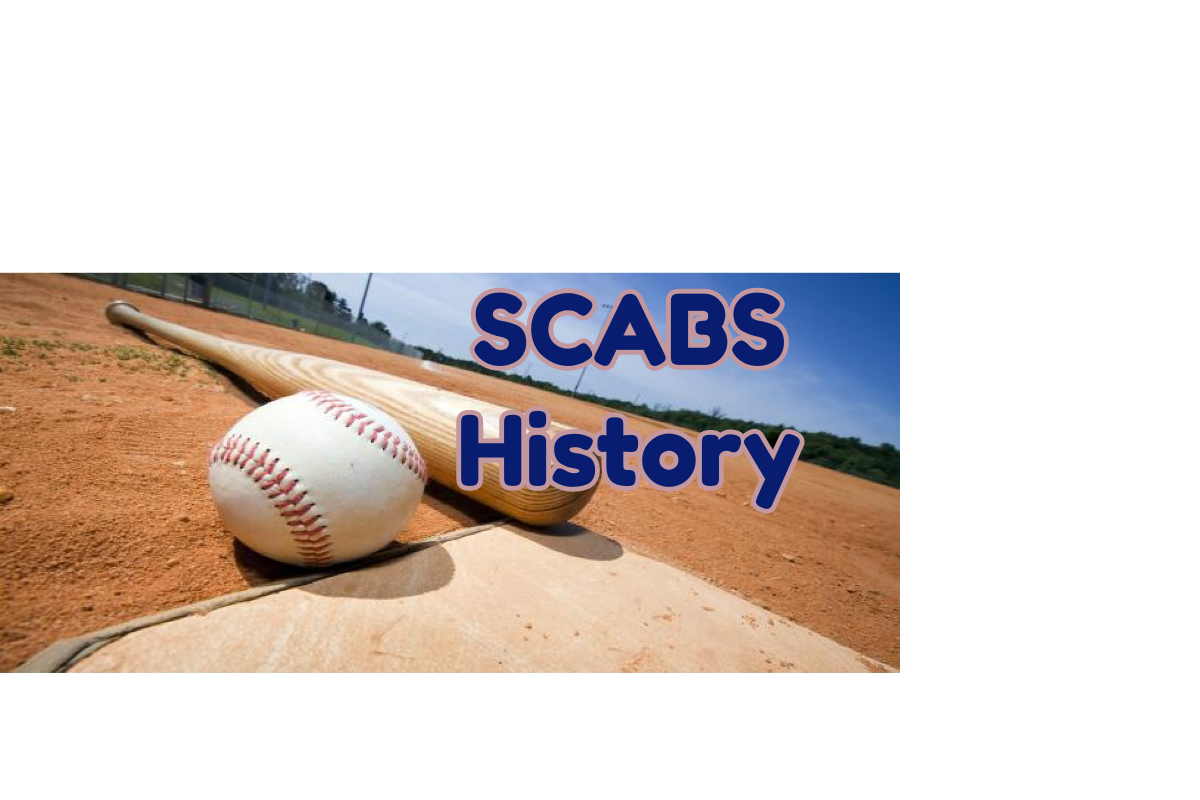The term "scabs" has a multifaceted meaning that extends beyond its literal interpretation, especially in the context of U.S. labor history. Understanding this term is crucial for grasping the complexities of labor disputes, the fight for workers' rights, and the broader socio-economic implications of strikes and labor movements. The historical context in which the term emerged speaks volumes about the struggles faced by workers and the responses of employers throughout American history.
This article aims to explore the definition of "scabs," its usage in U.S. history, and the significant events that shaped its meaning. By examining the social and political dynamics surrounding labor disputes, we can gain a clearer understanding of how this term has evolved and what it signifies today. The legacy of scabs is intertwined with the narrative of labor rights in the United States, making it a pertinent topic for anyone interested in social justice and workers' struggles.
Moreover, the implications of the term "scabs" extend into contemporary discussions about labor relations, unionization, and workers' rights. As we delve deeper into the topic, we will address key questions surrounding the term's usage, its historical relevance, and its impact on modern labor movements. In doing so, we hope to foster a more nuanced conversation about labor rights and the ongoing fight for equitable working conditions.
What is the Definition of Scabs in U.S. History?
The term "scabs" refers to individuals who take the place of striking workers, often referred to as replacement workers. These individuals are typically hired by employers during labor disputes to continue operations despite the ongoing strike. The term carries a derogatory connotation, implying betrayal and a lack of solidarity with fellow workers. In the context of U.S. history, scabs have played a significant role in labor disputes, often exacerbating tensions between employers and employees.
How Did the Term Scabs Emerge?
The origins of the term "scabs" can be traced back to the 19th century, during a time when labor unions were beginning to form in response to poor working conditions and low wages. As workers organized to demand better treatment, employers often resorted to hiring scabs to undermine these collective efforts. The use of scabs became a tactic for breaking strikes, leading to heightened animosity between workers and management.
What Are Some Notable Historical Events Involving Scabs?
- The Pullman Strike (1894): One of the most significant labor strikes in U.S. history, the Pullman Strike involved the American Railway Union and saw scabs being employed to operate trains despite the strike.
- The Homestead Strike (1892): This violent labor dispute between steelworkers and the Carnegie Steel Company featured the use of scabs to replace striking workers, leading to clashes that resulted in deaths.
- The Lawrence Textile Strike (1912): Known as the "Bread and Roses" strike, it involved immigrant workers and the use of scabs, emphasizing the struggle for fair wages and conditions.
- The Flint Sit-Down Strike (1936-1937): This pivotal strike in the automobile industry involved workers occupying factories and resisting the employment of scabs.
Why Are Scabs Viewed Negatively in Labor History?
Scabs are often viewed negatively within labor history due to their role in undermining collective bargaining efforts and striking workers. The act of crossing a picket line to work during a strike can be perceived as a betrayal of fellow workers who are fighting for better rights and conditions. This perception has led to a long-standing stigma associated with being a scab, which persists in labor discussions today.
How Do Scabs Impact Labor Movements?
The presence of scabs during labor disputes can significantly weaken the bargaining power of striking workers. By hiring replacement workers, employers can maintain production levels, which diminishes the economic impact of a strike. This tactic often prolongs labor disputes and can lead to more aggressive confrontations between workers and management.
What Are the Contemporary Implications of Scabs in Labor Relations?
In today's labor environment, the term "scabs" continues to be relevant as workers advocate for their rights in various sectors. The rise of gig economies and precarious work arrangements has led to new discussions about what solidarity among workers looks like in a changing labor landscape. While the term may not be as commonly used, the underlying issues of workers' rights and employer tactics remain central to contemporary labor movements.
Conclusion: The Lasting Legacy of Scabs in U.S. Labor History
The definition of scabs in U.S. history is not just a term but a reflection of the ongoing struggle for workers' rights. Understanding the historical context and implications of scabs provides insight into the complexities of labor disputes and the fight for social justice. As we move forward, it is crucial to recognize the lessons learned from past struggles and continue advocating for fair treatment and solidarity among workers.
Exploring The Voice Behind Booker DeWitt: A Journey Through Character And Performance
Cornrow Magic: Stylish Protective Styles For Every Occasion
Conquering The Everest Cornice Traverse: A Climber's Ultimate Challenge


